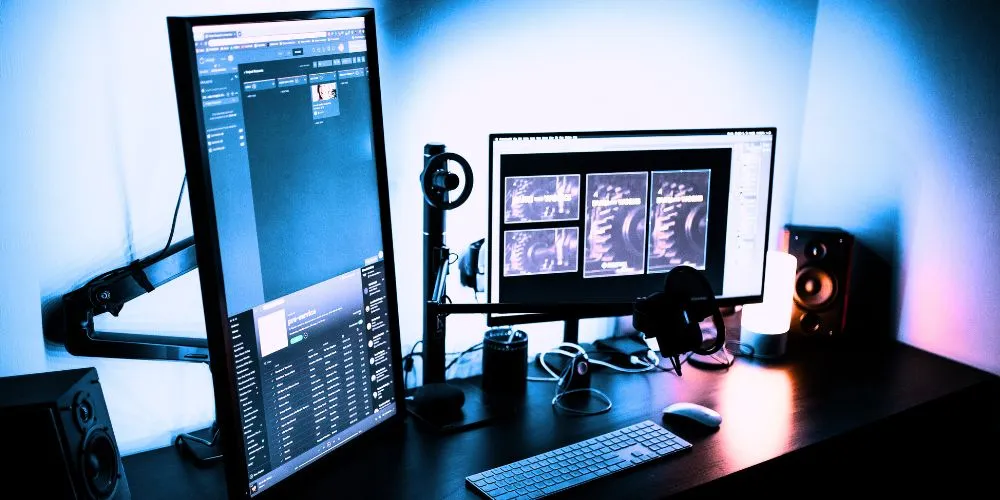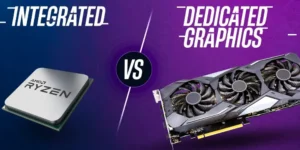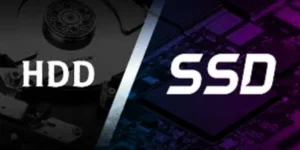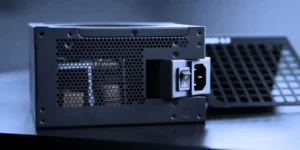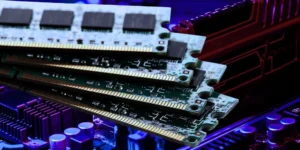In the digital age, where precision is crucial for fields like graphic design, photography, and video production, the importance of monitor calibration tools is often underestimated. These tools ensure that colors displayed on screens are accurate and consistent, bridging the gap between creative intent and the final output. Yet, many professionals and casual users neglect calibration, leading to suboptimal results and inefficiencies.
Ensuring Color Accuracy
Monitor calibration tools are vital for achieving true-to-life color reproduction. Monitors often display inaccurate colors without proper calibration due to manufacturing variances, aging, or environmental factors. This can lead to significant discrepancies between what a creator sees on their screen and the final printed or digital product, undermining the quality of their work.
Consistency Across Devices
In collaborative environments, consistency across devices is critical. Different monitors can display the same image differently, causing confusion and errors during reviews or approvals. Calibration tools align all displays to a common standard, ensuring uniformity across devices and enhancing collaboration among team members.
Saving Time and Reducing Costs
Incorrect color representation can lead to repeated adjustments and costly errors, especially in the printing or digital advertising industries. Monitor calibration tools help users get it right first, saving time and resources. For businesses, this efficiency can translate into significant cost savings over time.
Importance for Everyday Users
While calibration tools are essential for professionals, everyday users can benefit from them. Accurate color representation enhances the viewing experience for movies, games, and photos. Even casual users can optimize their monitors with affordable calibration solutions for better visual performance.
Advancements in Calibration Technology
Modern calibration tools with automated processes and intuitive software have become more user-friendly. Tools like colorimeters and spectrophotometers now integrate seamlessly with calibration software, enabling precise adjustments without technical expertise. These advancements make calibration more accessible to a broader audience.
Conclusion
Monitor calibration tools are indispensable for accurate and consistent color representation across various applications. Their benefits are far-reaching, from enhancing creative outputs to improving collaboration and reducing costs. Despite their importance, calibration tools remain underutilized, especially among casual users. Embracing these tools can elevate visual experiences and professional results, ensuring that what is seen on screen is precisely intended. In an increasingly digital world, investing in monitor calibration is not just an option—it’s a necessity.

